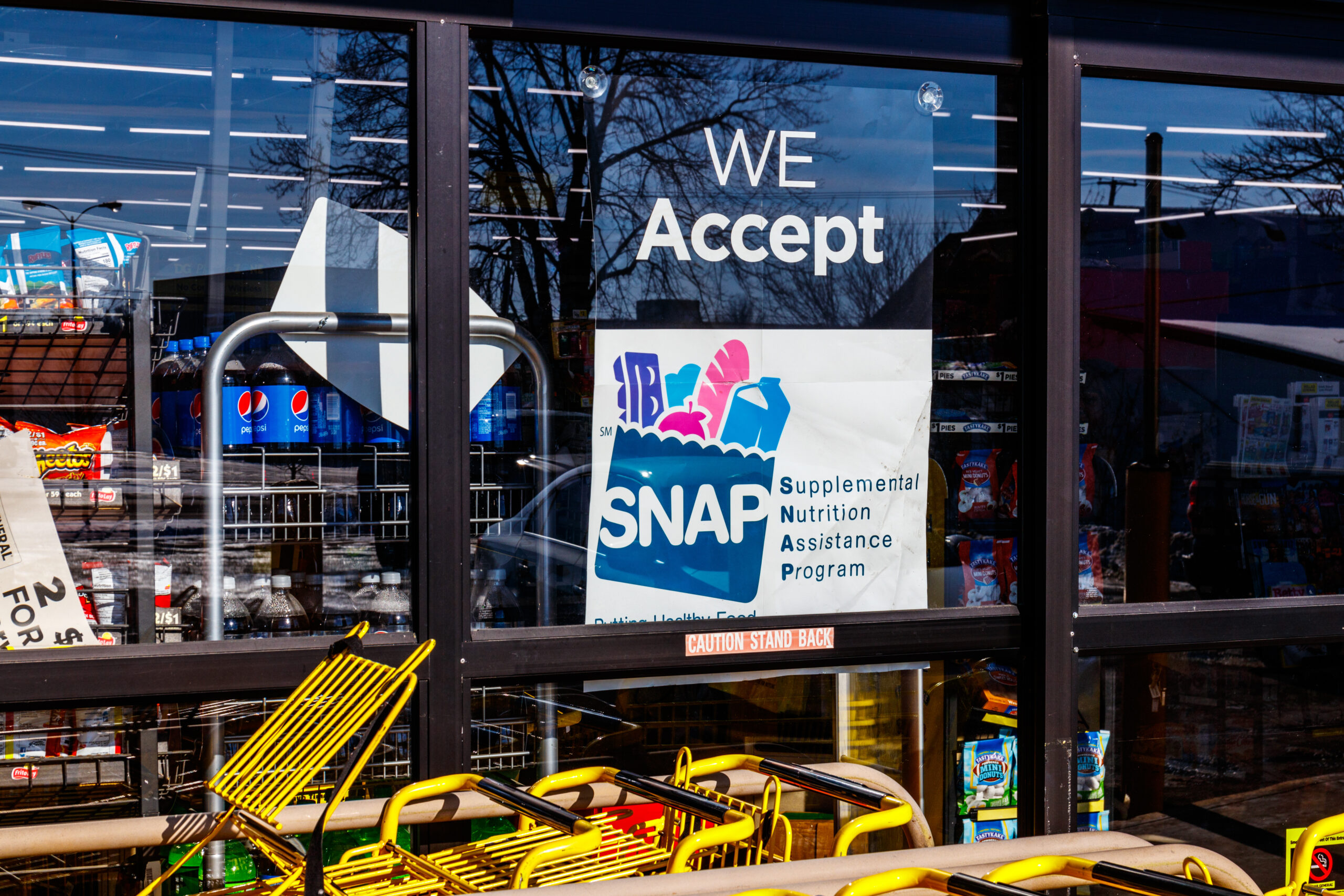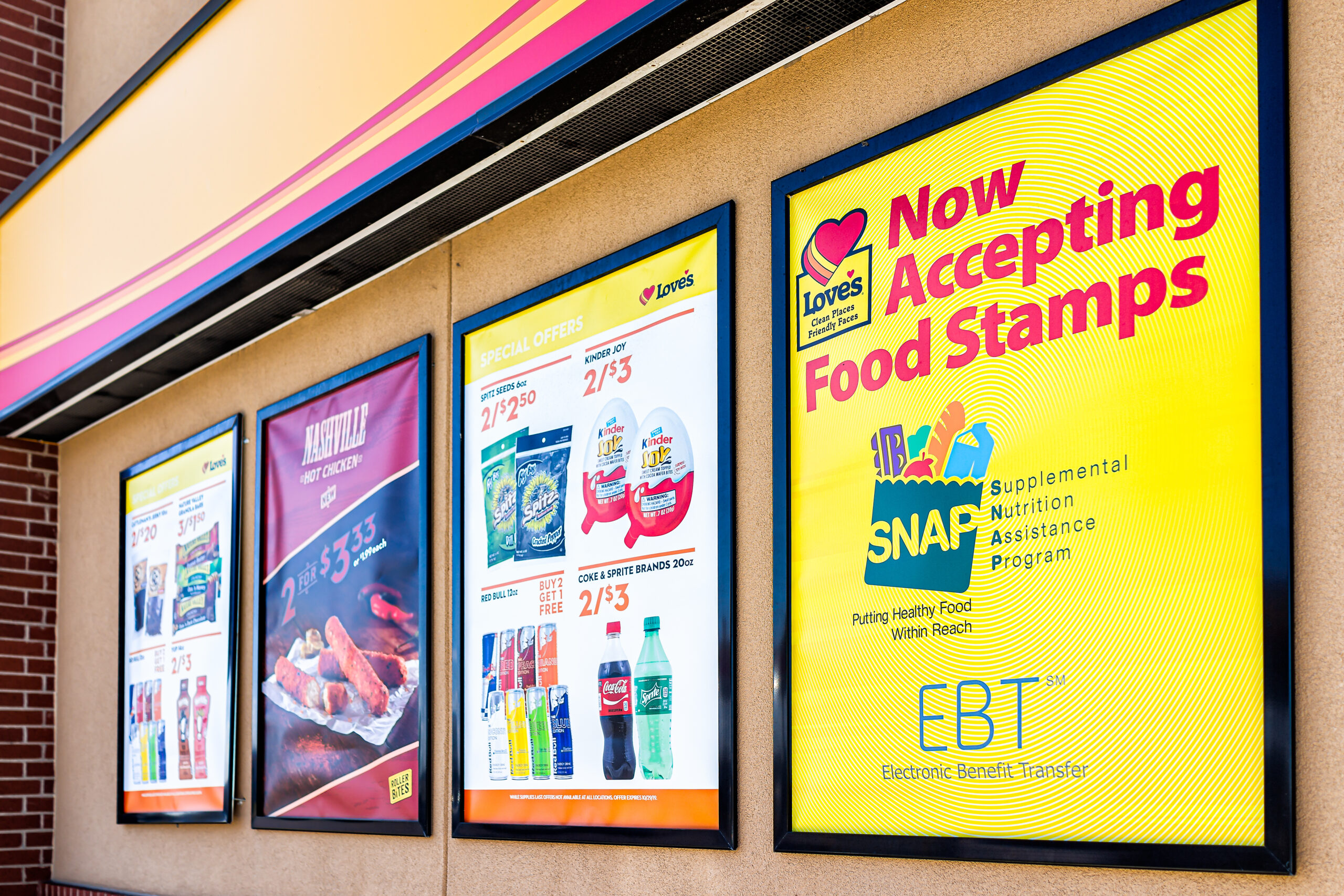Welcome to Our Research Archive
Search and filter by content type, issue area, author, and keyword

March 11, 2025
An Evaluation of Cost Saving Reforms of the Supplemental Nutrition Assistance Program
AbstractCongress is considering ways to reduce spending on the Supplemental Nutrition Assistance Program (SNAP) by $230 billion over ten years. Reforms are likely to include one or more of the following cost-saving elements: reducing the maximum SNAP benefit, reducing deductions, expanding work requirements, and ending broad based categorical eligibility. In this paper I analyze each…

January 24, 2025
The Targeting of Place-Based Policies: The New Markets Tax Credit Versus Opportunity Zones
Abstract For a place-based policy to succeed, it must target the right areas—typically those with lower economic development and resident well-being. The U.S. has two major place-based tax policies: the New Markets Tax Credit (NMTC), where government-approved entities select investments, and Opportunity Zones (OZs), where private investors choose projects. Despite underlying design differences, both target…

December 30, 2024
Coverage, Counter-cyclicality and Targeting of Work Requirement Waivers in the Supplemental Nutrition Assistance Program
Abstract Non-disabled, working age adults without children are required to work 20 hours per week in order to maintain eligibility for the Supplemental Nutrition Assistance Program. However, states may waive the work requirement for areas that meet conditions reflective of a weak labor market. We construct a dataset with the waiver status of each United…

August 29, 2024
The Distribution of Social Capital across Individuals and its Relationship to Income
Abstract There have been several attempts to measure social capital—the value inhering in relationships—at an aggregate level, but researchers lack comprehensive individual-level social capital measures. Using a combination of direct linkage and imputation across several nationally representative datasets, we produce a comprehensive measure of social capital at the individual level. We validate our measure by…

February 2, 2024
Has Intergenerational Progress Stalled? Income Growth over Five Generations of Americans
Abstract We find that each of the past four generations of Americans was better off than the previous one, using a post-tax, post-transfer income measure constructed annually from 1963-2022 based on the Current Population Survey Annual Social and Economic Supplement. At age 36–40, Millennials had a real median household income that was 18 percent higher…

May 10, 2023
The Effects of Elevating the Supplemental Poverty Measure on Government Program Eligibility and Spending
Abstract Without Congressional action, the recently released National Academy of Sciences report, “An Updated Measure of Poverty: (Re)Drawing the Line,” could have substantial effects on government program eligibility and spending—if its recommendation to “redraw the line” is implemented by the Census Bureau, and the Supplemental Poverty Measure (SPM) is made the official one by the…